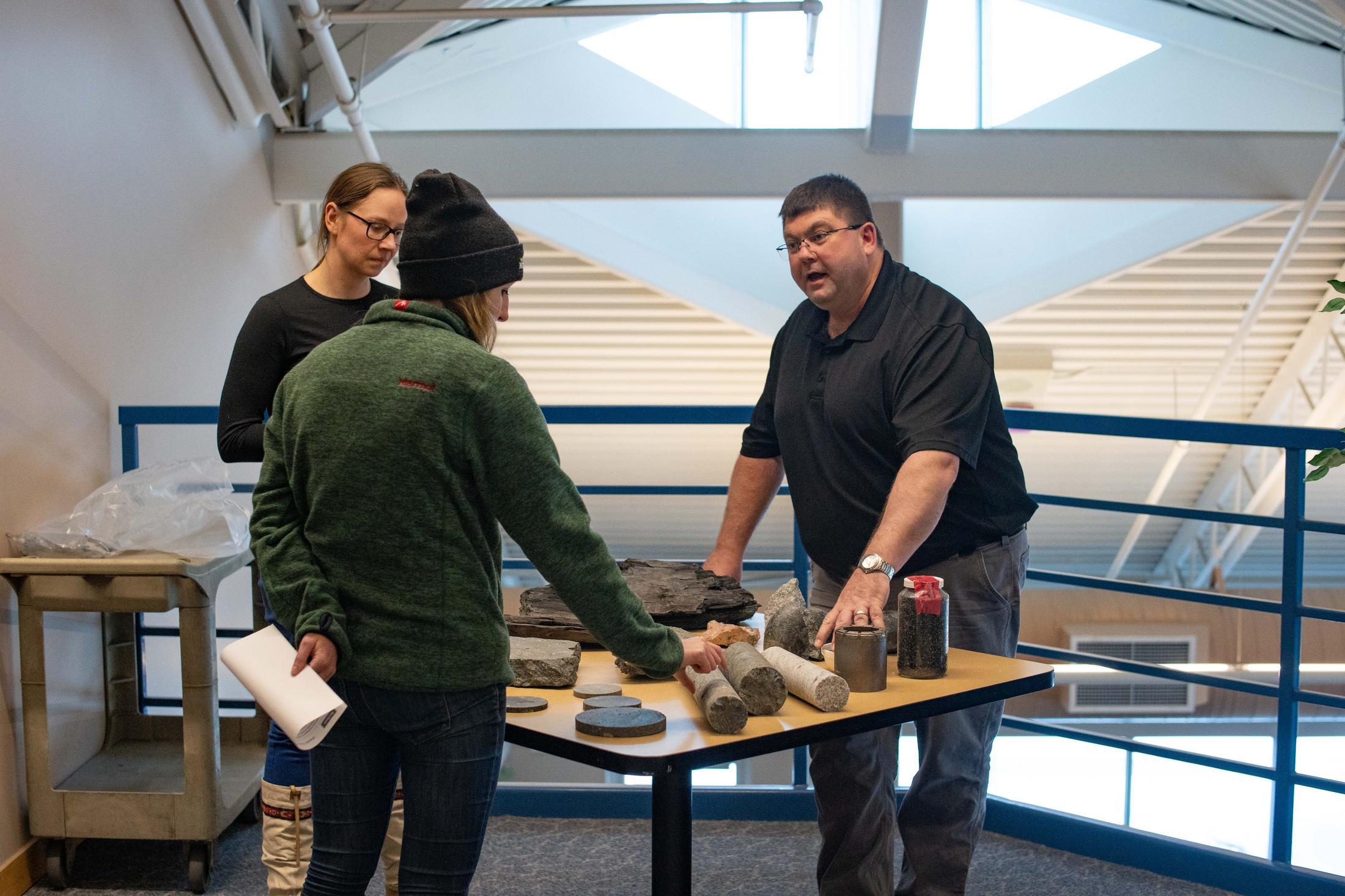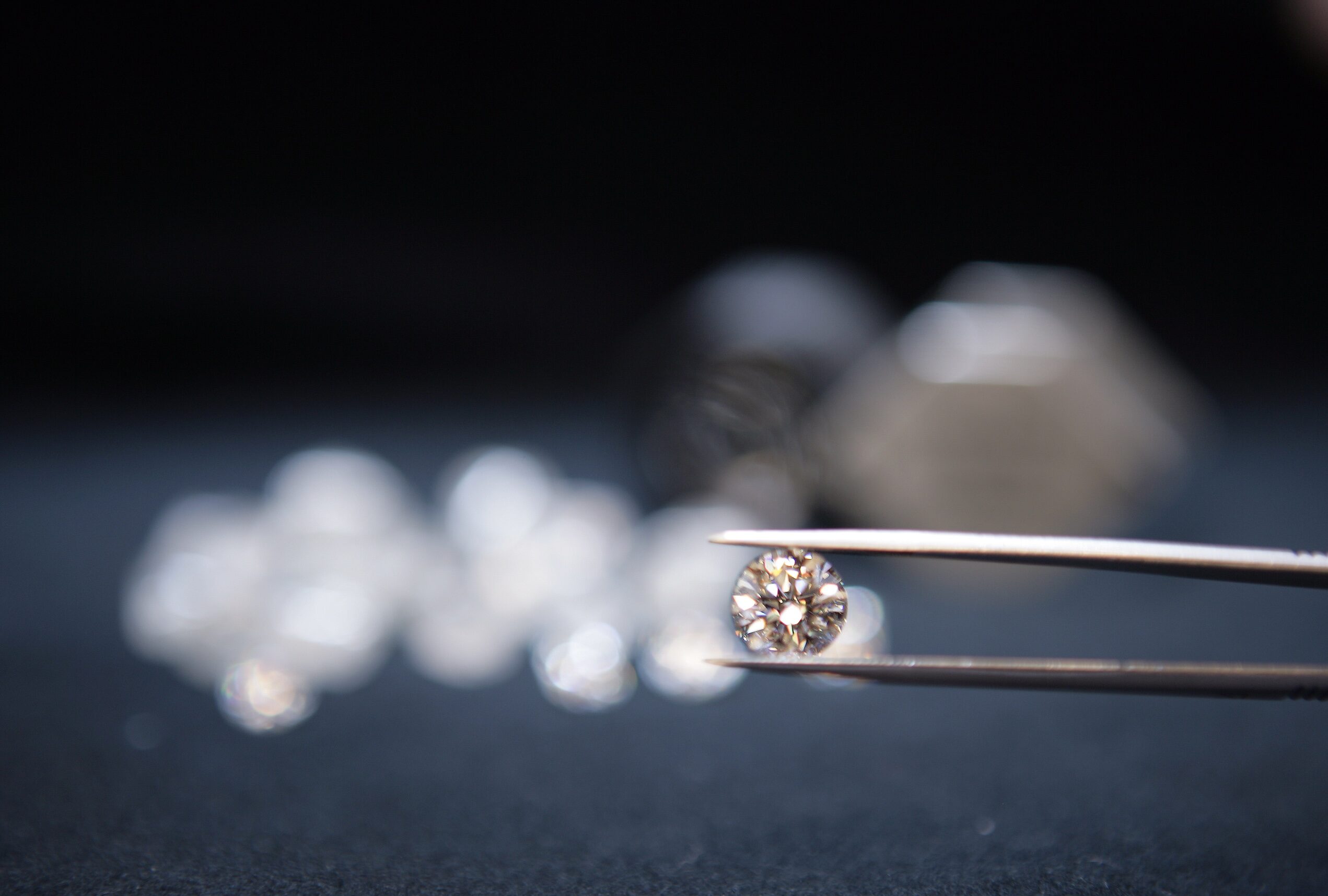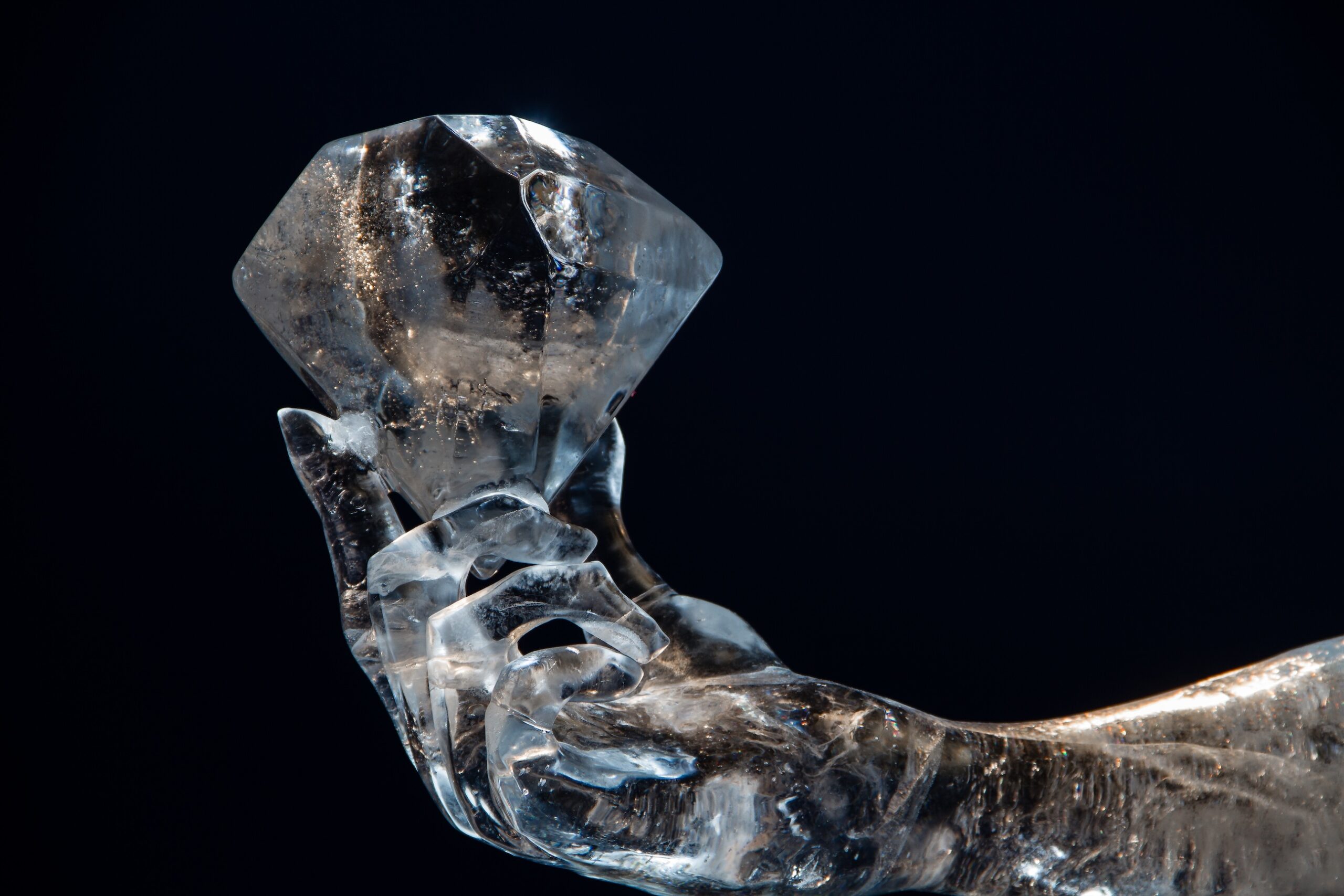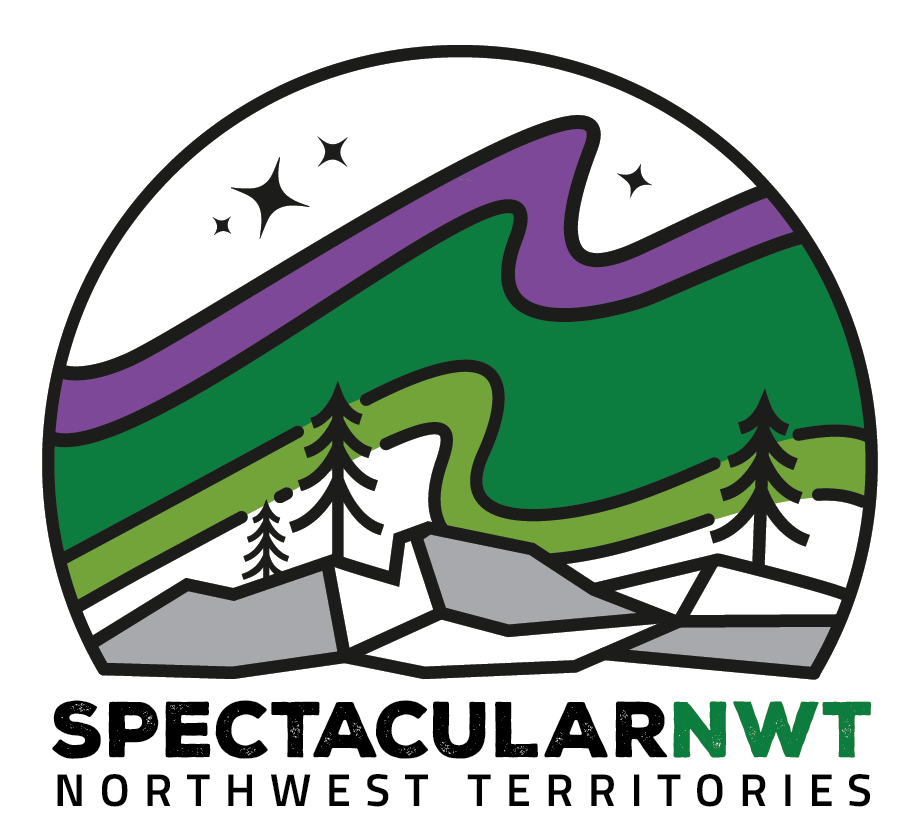Each NWT diamond comes with its own story of ethical sourcing and sustainability—told through a series of tiny, expertly applied markings and documents.
All diamonds from the NWT include a Diamond Identification Number (DIN), a unique code lasered onto the polished stone and printed on accompanying authentication cards. These cards also document the mine of origin and diamond weight, and are paired with a grading report that attests to the diamond’s cut, clarity, colour and carat.
In addition to these standard identifiers, some diamonds feature symbolic engravings that reflect their Northern heritage. For example, Diamonds de Canada holds the official Polar Bear Diamond™ license issued by the Government of the NWT. Select diamonds from this brand are engraved with a micro-sized polar bear—an homage to the estimated 16,000 polar bears found across Canada. Each year, Diamonds de Canada cuts a limited number of Polar Bear Diamonds, each with the unique polar bear design. These diamonds may come from any of the NWT’s three diamond mines: Ekati, Diavik, or Gahcho Kué.
Other engravings include the CanadaMark® symbol, typically found on diamonds from the Ekati and Gahcho Kué mines. Some stones may display the Maple Leaf Diamond™ insignia, denoting that the gem is 100-percent Canadian, natural and untreated.
So, depending on their origin and brand, NWT diamonds may feature a range of markings—each one adding meaning and traceability to the stone.
Since 2021, trademarked NWT diamonds have also included built-in security measures through a proprietary blockchain-based digital records system, providing secure ownership verification.
All NWT diamonds are graded through a combination of local and international processes. After initial assessment and sorting at the three main mines—Ekati, Diavik and Gahcho Kué—diamonds are either cut and polished in the NWT or internationally. Every rough diamond exported from the NWT must be accompanied by a valid Kimberley Process Certificate, guaranteeing it is conflict-free.
















